The Great American Eclipse!

Members of QCAS spread across the country to view the Great American Eclipse!
TOTAL SOLAR ECLIPSE NEWS BITS
“Something wondrous to behold”
A first-hand account of the Great American Eclipse of 2017
By Paul Levesque, ASC Public Affairs
I can’t remember when I first became aware of the Great American Eclipse of 2017, but as soon as I did, I knew that I had to see it.
First, a little background: I am a public affairs specialist, currently employed as an Army civilian employee for the U.S. Army Sustainment Command at Rock Island, Illinois, where I’ve worked since 1986. I’m a native of Rhode Island, which is where I was on March 7, 1970, when the path of a total eclipse just missed my hometown of Tiverton. (This is the “total eclipse of the sun” referenced in the Carly Simon hit, You’re So Vain.)
On May 10, 1994, a crystal-clear day, the path of an annular eclipse – an eclipse in which the moon’s shadow does not completely cover the sun – passed over the Quad Cities, where I live and where the Arsenal is located. The eerie effects I saw that day whetted my appetite for future eclipses, and I vowed that I would someday experience totality.
Years passed, as did my 50th birthday, and then my 60th. Viewing a total solar eclipse remained on my bucket list, unchecked.
Once I realized that the path of a total eclipse would pass to the south of my home in Moline, Illinois, on August 21, 2017, I began making plans. I figured that the closest point on the path of totality was a drive of about 250 miles, a distance that could be covered back and forth in a day if needed.
Since August 21 fell on a Monday, I immediately arranged to take the day off. On November 11, 2016 – the Veterans Day holiday – I drove down to Missouri, to the closest point via vehicle, making it in less than five hours. I even stumbled onto a good, private viewing spot. My eclipse scouting mission had been a success.
As per my request, the Christmas gifts I received that year from my wife, Dawn, were all eclipse-related – eclipse books, eclipse glasses, an eclipse t-shirt, an eclipse poster, etc. The more I learned about total eclipses, the more I knew that I had to see one for myself. I shared my enthusiasm with family members and friends, and began referring to myself as an “eclipse evangelist.”
One thing I learned about total eclipses is that they occur due to a celestial coincidence. The sun is approximately 400 times larger in diameter than the moon, but also about 400 times further away. When the two line up correctly, the moon’s shadow can completely block the sun in a narrow band on Earth.
Another, more personal coincidence fell into place for the Great American Eclipse. My wife’s mother, Helen Manning, was born in Missouri and raised near Linn, a town located about 110 miles west of St. Louis and right near the center of the path of totality. It turns out that Helen’s 90th birthday would occur in August 2017, the same month as the eclipse.
In celebration of this milestone birthday, my wife’s sister, Lori Bailey, arranged for the rental of a house near Linn, in a peaceful rural location on the banks of the Gasconcade River – a perfect eclipse viewing spot. The rental period covered three days, including Eclipse Day, and Dawn and I were definitely invited.
I then invited my lifelong friend from Rhode Island, Alvin Lavoie, a retired PhD chemist who now lives in Pennsylvania and who’s become an avid amateur photographer. Alvin eagerly accepted the invitation and acquired the solar filters needed to capture an image of the eclipse.
The list of those who would stay in the “Eclipse House” came to include myself and my wife, Dawn; my friend, Alvin; my mother-in-law, Helen; Helen’s daughter Lori and her husband, Dan Bailey; and another daughter of Helen, Debbie Wilson, and her husband, Derek.
Spring became summer, Eclipse Day approached, and I felt like a kid waiting for the best Christmas ever. But my anticipation was tempered by concern over the one thing that can spoil an eclipse viewing – cloudy, rainy weather.
Two weeks out, the forecast for Linn looked good – sunny and warm. One week out, the forecast included clouds, and a slight chance of thundershowers. The days that followed showed varying forecasts – partly cloudy, mostly cloudy, chances of rain at 10 percent, 20 percent, even 30 percent.
Dawn told me there was no use worrying about the weather, but I did anyway. Media coverage of the eclipse was building, just as I predicted, and there was a last-minute panic over counterfeit eclipse glasses – I checked, and ours were fine.
Alvin arrived on Saturday, the day Dawn drove to Missouri. We spent the day testing his photographic equipment and building pinhole eclipse viewing boxes. I took my first look at the sun through eclipse glasses; it was an orange ball, a bit smaller than I expected.
We drove to Missouri on Sunday and arrived in time for a delicious dinner of lasagna. The group spent Eclipse Eve playing cards. I was more than a bit tense. What if the weather didn’t cooperate? What if the eclipse was a disappointment? What if the eclipse didn’t occur at all, and all the hype was nothing but “fake news”?
I slept fitfully that night, just enough to be functional in the morning. I rose before dawn (lower- and uppercase) and took a walk down “County Road 811,” which was really nothing more than a dirt lane that went past a cattle farm and ended at a hog farm. The sun rose, bright and red – a good omen, I thought, though I fretted over any cloud I saw.
I later went for another brief walk with family members and Alvin. He thought that viewing conditions might be better to the south, but it was too late to move. Though few vehicles passed by where we were, traffic jams were expected elsewhere.
Before breakfast, my brother-in-law, Dan, said grace, during which he used the word “miracle.” As we ate, I said to those sitting near me that “miracle” was derived from a root meaning “wondrous to behold.” That certainly describes an eclipse, which we were about to behold.
Hopefully.
The television was tuned to the Today Show, and the local station out of Columbia added a “crawl” at the bottom labeled “Show Me Eclipse,” displaying the times the eclipse would begin and end in various towns and cities.
Okay, Missouri, show me your eclipse! There was a bottle of champagne chilling in the refrigerator, to be opened only after a successful eclipse viewing experience.
Alvin was in the front yard setting up camera equipment. I paced in and out of the house. The weather conditions remained mostly sunny, with high humidity, typical of August in central Missouri. Glasses and camera lenses fogged up when taken outdoors from the air-conditioned house.
The television was now tuned to CNN, with wall-to-wall eclipse coverage. First contact – the time at which the moon first appears to shadow the sun – was confirmed on the coast of Oregon. First contact for Linn was scheduled for about 11:46 a.m., with totality beginning at about 1:14 p.m. and lasting for a little less than two minutes. I paced some more, constantly checking the time.
We headed outside, set up chairs, looked up with our eclipses glasses just after the time of first contact, and saw the tip of the moon’s shadow over the sun. Alvin had begun taking photographs. We looked through the pinhole viewer, and saw a reflection of the sun with a semicircular shadow on it, getting a little larger with each view.
A toad hopped through the lawn and over the sidewalk. I decide that he was a lucky toad, and warned that we should not step on him. And our luck is holding – the sun, even in its diminished state, is winning out over the clouds.
Through the eclipse glasses and the pinhole viewer, the sun is now a crescent, well over half-covered. The light is beginning to change. We looked at the sidewalk, shaded by trees, and can see multiple shadows of the crescent sun.
I looked at my phone: 1:09 p.m. “Five minutes!” That’s me, shouting as I pace. I looked up; nothing but blue sky westward of the sun. Clear skies for totality!
A few more minutes pass, and I looked at the sun again through the eclipse glasses. The crescent is down to a sliver. Now the light is rapidly fading, from all directions, quite unlike sunset, more like a dimmer switch steadily being turned down.
It’s very close now, it’s really going to happen, I drop to the ground to get a better view, and then:
TOTALITY!
Which is what I shouted as soon as the moon completely covered the sun. No need for eclipse glasses now. I lay on the ground, looking at the eclipsed sun, blackened by the disk of the moon, with the corona streaming out in an irregular pattern.
The air seemed a bit cooler, though not noticeably due to the humidity. Crickets began chirping. The horizon was reddened in all directions. In the distance, someone set off fireworks – perhaps, like the ancient Chinese, they were trying to scare away the dragon devouring the sun. The bright planet Venus appeared to the right of the darkened sun, though I saw no other stars or planets.
Around me I heard “Wow!” “Beautiful!” “How cool!” But, otherwise, silence. It was beyond words. I later learned that some had tears in their eyes.
I remained laying on the ground, fixated on the eclipsed sun, until the diamond ring – the first flash of sunlight that appears as totality ends – came spectacularly into view. Totality was over.
I still can’t decide if watching the eclipse was the longest two minutes of my life, or the shortest. It almost seemed as if time was suspended and that the world stopped. For a brief period, we were outside of time – or at least outside of the way we normally experience and measure time.
Perhaps what I saw was a glimpse of eternity. It certainly fit the definition of miracle.
The light seemed to brighten quickly, instead of slowly fading back in. I don’t know if this is psychological or physical, but in any case normal mid-day conditions soon returned.
It was time to pop the cork and pour the champagne. Everyone agreed that seeing the eclipse was well worth all the time and planning. I was toasted for my insistence on viewing the eclipse.
I spoke to my son, Andrew, who’s in college at the University of Northern Iowa. Though I don’t often give fatherly advice, I told him that he needed to go see a total eclipse sometime. I’ve since given the same advice to about everyone I’ve come into contact with – and now, I’m telling you. Don’t let the opportunity pass you by.
We also spoke to our daughter, Chelsea, who now works as a teacher in Wisconsin, and I told her that seeing the eclipse was almost as wonderful an experience as seeing her born. I then re-emphasized the “almost.”
A few peaks through the eclipse glasses and pinhole viewer showed the moon’s shadow moving back across the sun. By about 2:30, the sun and moon were completely separated.
After a late lunch / early dinner, Alvin and I got back on the road to Moline. The skies became cloudier, and we eventually ran into some light rain, with lightning in the distance, all headed in the general direction of Linn. No doubt, we lucked out.
When we arrived home, we looked at some of the photos. A few of the images showed solar flares, making it appear that the moon was on fire. Awesome!
It was near midnight before I went to bed, ending one of the best days of my life. I witnessed a natural event like no other, among people I love and care for, including my mother-in-law, who’d never seen anything like it in her nine decades on Earth. It was an experience worth having, and well worth sharing.
Now it’s time to plan for the next total eclipse to cross America, which takes place on April 8, 2024. I hope to be there, and I hope you can make it too.
Take my word for it: It truly will be wondrous to behold.
2017 Eclipse TRIP TO Aurora, NE
By Mike Ombrello
Hi All,
I finished going through my images from the 2017 Total Solar Eclipse.
A group of 5 of us went to Aurora, Nebraska to witness the 2017 Total Solar Eclipse. There were two objectives. Our first objective was to capture the eclipse on video (with narration by Dr. Robert Mitchell from St. Ambrose University) and send a live feed utilizing youtube. The Putnam Museum was going to project the video feed on their big screen. The second objective, which was mine, was to utilize an automated program to capture all the phases of the eclipse, utilizing my DSLR.
Both the video and the DSLR cameras were mounted on Jeff Struve’s EQ mount (which was polar aligned Sunday night). We were ready to go early Monday morning.
Around 10:00 am (about an hour and a half before the partial eclipse phase was to begin), we were starting a final test. Everything went down hill from here. We found that the dedicated power and broadband resources were had been promised were being shared by the University of Minnesota (tracking weather balloons during the eclipse) and a local TV station. Around this time, the video began experiencing a lag of around 90 seconds. Shortly thereafter, the connect to the video camera was lost and couldn’t be re-established. This prevented live-streaming the eclipse.
Additionally, my software was not able to see the DSLR – connection error. I eventually managed to establish a connection, but the software was not able to make the camera setting changes programmed and the sequence progressed through the eclipse. Unfortunately, I was not aware of this until the eclipse had completed. So the DSLR managed to take the correct number of images, but all of them were at a specific exposure (the camera never changed to take the long or short exposures). This prevented my capturing Baily’s Beads, the chromosphere, prominences and middle/outer corona.
Additionally, as the time of the eclipse approached, the clouds began moving in. A majority of the partial eclipse images (before second contact) were lost do to cloud cover. We were fortunate in the fact that the clouds did clear by time of totality and we witnessed an unbelievable show. The camera did capture a limited number of images of totality, as well as a fair amount of the post 3rd contact partial eclipse images.
I am sending the images that I was able to capture, as well as the mosaic of the eclipse.
QCAS Broadcast from Aurora, NE Info:
By Jeff Struve
As you may or may not have heard, we ran into a lot of difficulties just before broadcast time… Mike and I spent a lot of time trying to diagnose the issue, and I sent out a few emails to address the situation, the emails were sent to Dan, our host in Aurora, MallinCam, and The physics prof at The University of Minnesota… one of the descriptive emails has the following info:
Hi guys….
First off… in NO way am I blaming my Xtreme… but I need your help…. here’s the story….
For months and thru dozens of test YouTube broadcasting runs, I worked with my eclipse rig… the Xtreme and a DSLR mounted on a Celestron AVX mount… also a separately mounted Rev II that was used for on location narration, interviews, and to capture the crowd and ambient responses… software used was MiloSlick for the Mallincam, Xsplit for broadcasting, PowerPoint for the slide presentation… never a hitch in any if the testing runs…
Many months before the trip was made, arrangements at the site for a private electrical circuit to run the gear… and a private 50M wireless access point for internet was made… sounds perfect as we were broadcasting back to a sold out IMAX at the Davenport Putnam Museum… plus a handful of libraries, schools, universities, colleges, museums, observatories, not to mention friends and family if the crew… and folks at work, for me, could be in the thousands…
The five of us went to Aurora, NE for the event… set up the afternoon before… did a Polar align with PoleMaster that night… did a good but unneeded 2 star alignment and a perfect dry run using my YouTube channel Jeff Struve Live Stream… the next morning at about 9AM, another run thru… no problems!
At 10AM on eclipse day…1 hour before show time, we were scheduled to broadcast a test run to the Museum on Dr. Robert Mitchell’s St Ambrose University Astronomy YouTube Channel… PROBLEMS
Now instead of a short time lag between the gear and the YouTube broadcast, we have 80 seconds of delay… The Putnam is reporting that previously legible PowerPoint slides were blurry and lagging… and 16 min 16 seconds into this test broadcast, MiloSlick loses connection to the Xtreme and will not connect back up…
In 12th hour trouble shooting, I’m making the determination that the TV station that showed up unexpectedly to all is now using my private Wi-Fi…and previously unknown to us, MN State university is also using this private Wi-Fi for their weather balloon tracking… 4 satellite dishes… probably explains the network lag and blurry PowerPoint…
I am then finding that all were plugged into my power line as well… The TV camera and their rig… the satellite dishes had power strips strapped to their mounting with a lot of things plugged in… I am thinking that maybe all that power drain created low voltage and/or amperage problems… may have caused a surge of dirty power, and zapped my Xtreme… subsequently plugging the Xtreme into my 105 Amp Hr marine battery via a pure sign wave inverter did not correct the problem.. I fear the damage was done…
Subsequent attempts at powering down the Xtreme, waiting a while, then powering it back up caused it to connect up for seconds… then blue screen again…the lights on the camera would stay on… I had been running the cooler at level 8 and had the fans on… the Xtreme never felt hot… never above ambient… coincidentally, at the same time, the programming of the DSLR also failed to run the programmed time lapse photos… also previously tested out flawlessly… so I am sure that the issues were due to some sort of external influence in power and Wi-Fi bandwidth…
I need to send the Xtreme to you for repair… probably upgrade to the Xterminator… and your findings on the problem… I know you need to physically see the camera… but can you give me a guess as to what happened?
Here is a link to the 8/21 10 AM test broadcast where 16:16 in the problem with the Xtreme first occurs… I think somebody kicked on their gear at this time causing the issue…
The Show:
https://www.youtube.com/watch?v=YI-sBoJvKiM
01:12:53 – 01:14:23
01:38:44 – 01:40:21
Dr. Robert Mitchell’s link:
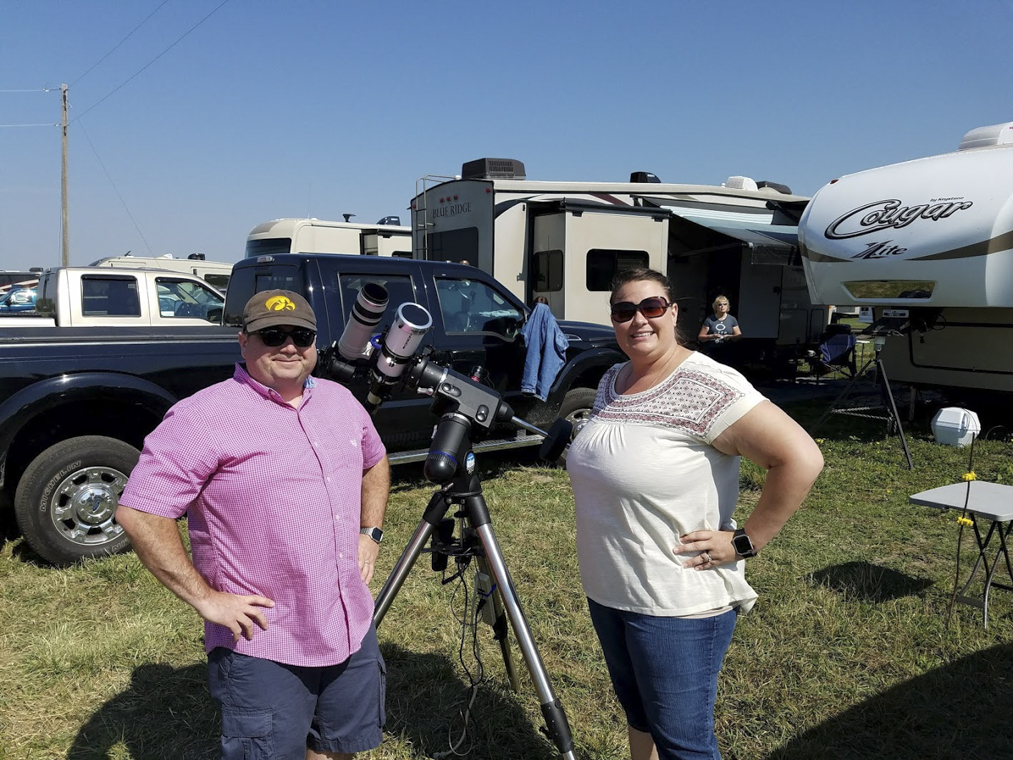


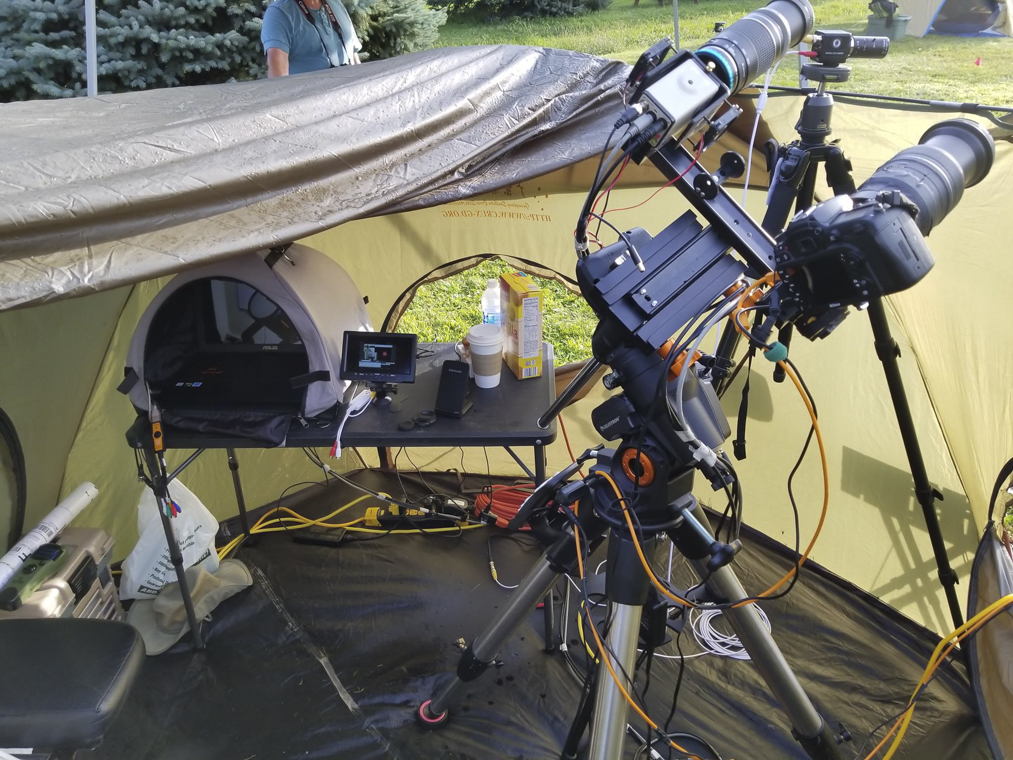
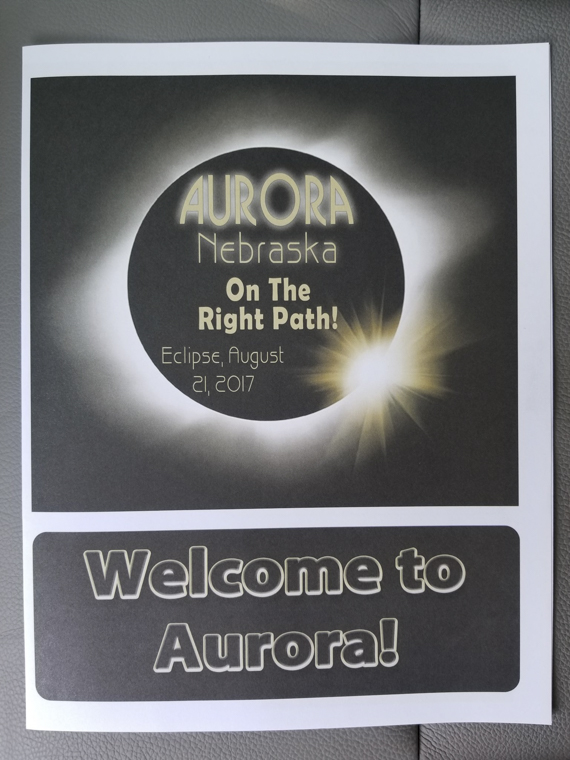
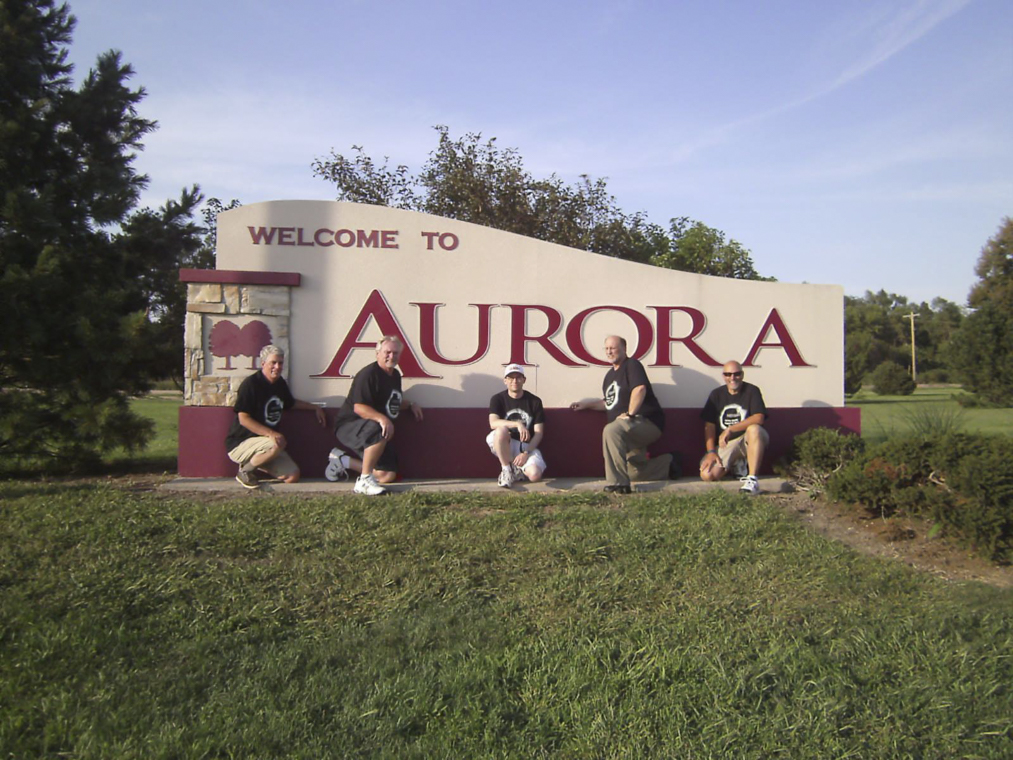
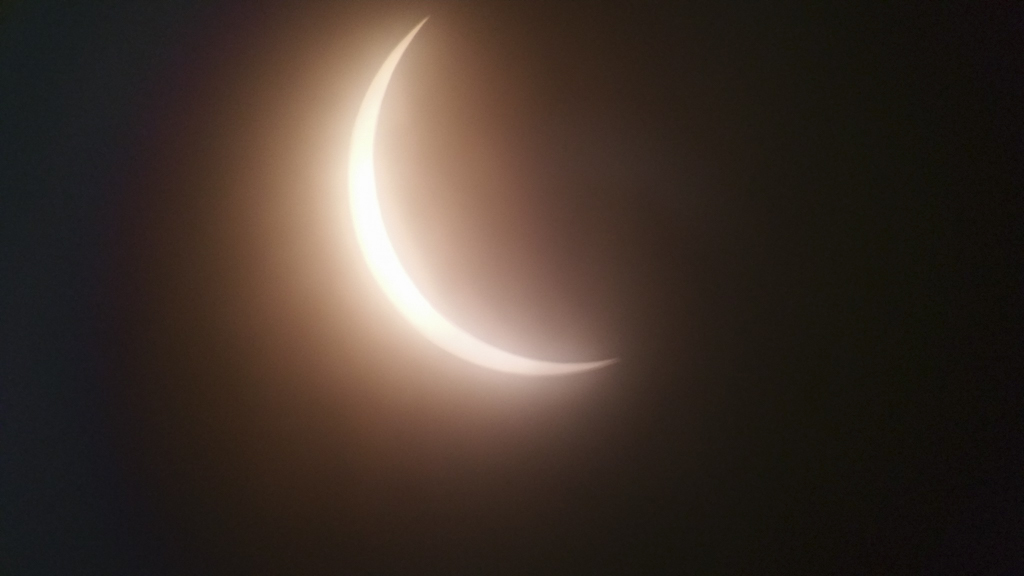
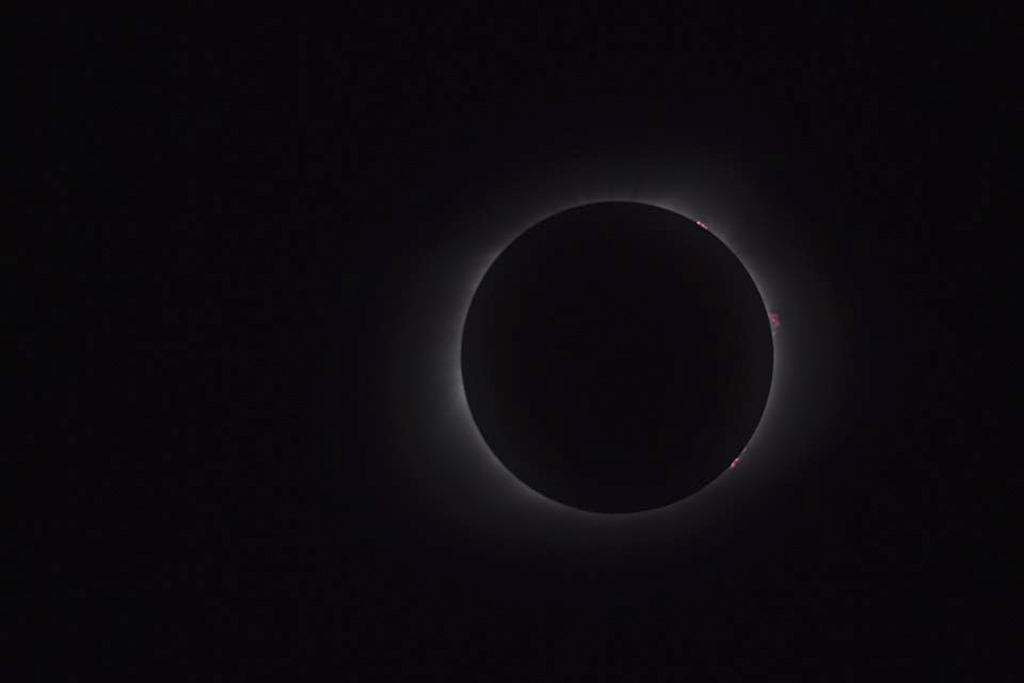
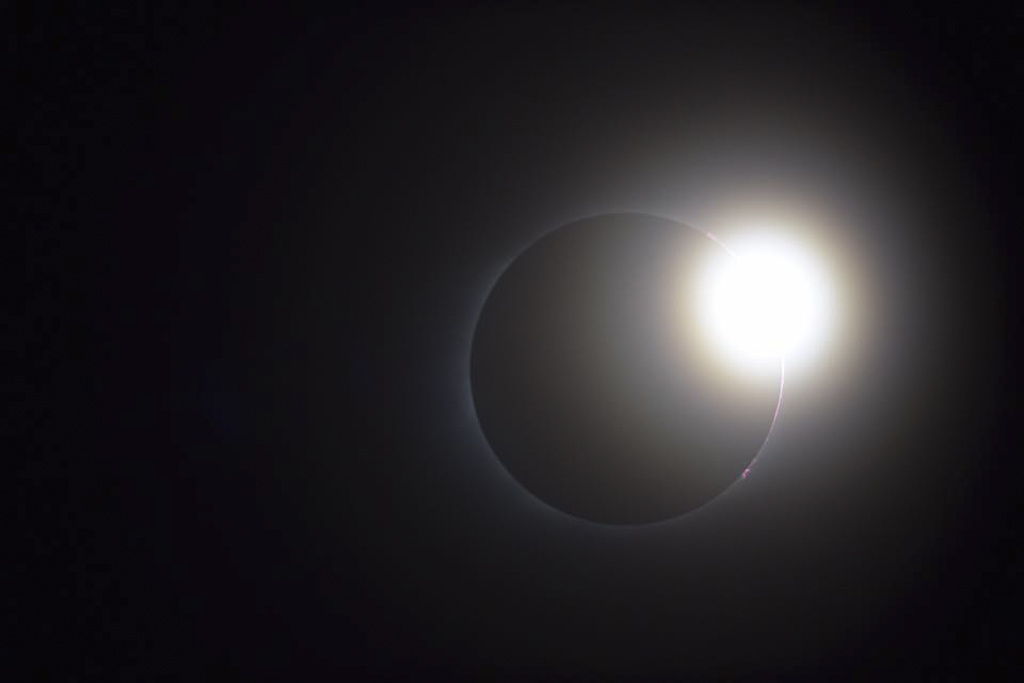
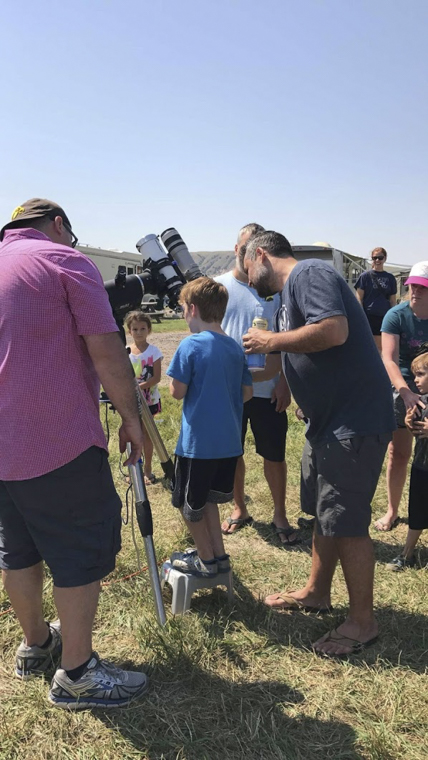
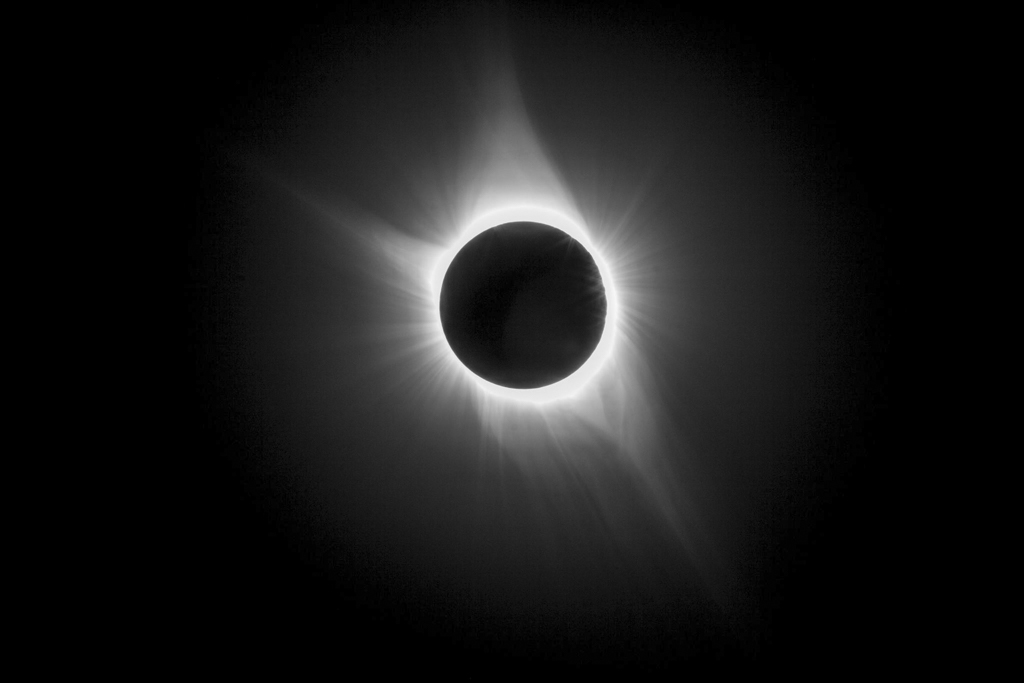


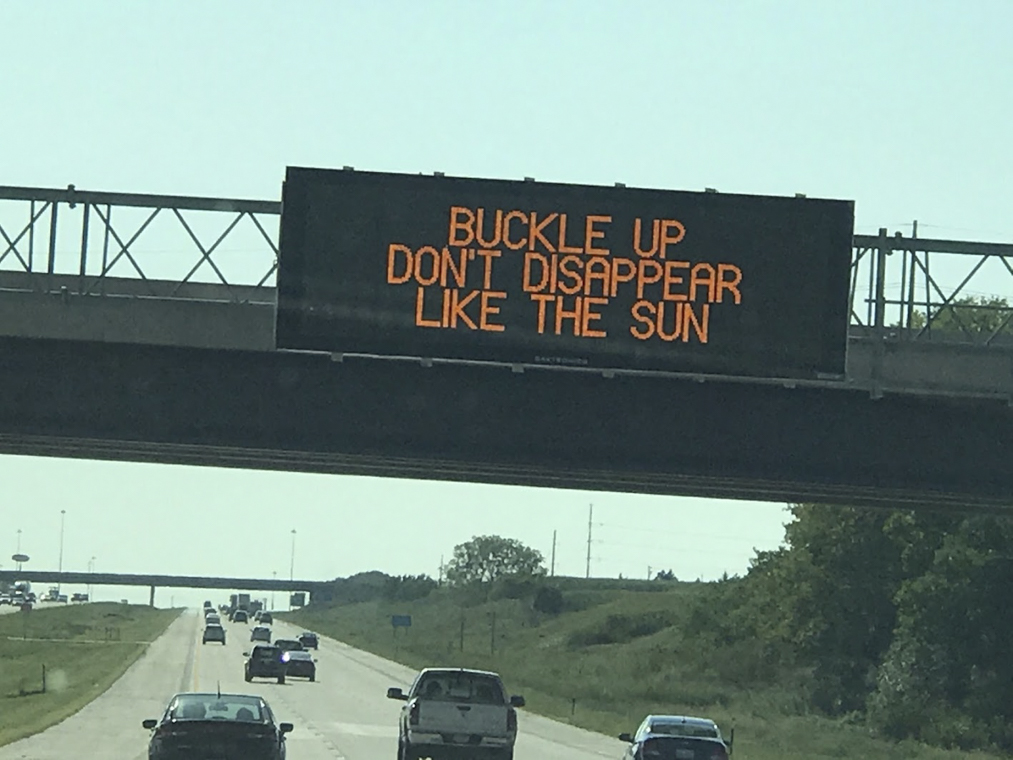
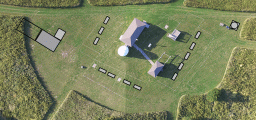

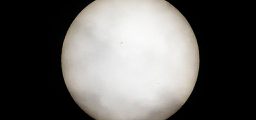
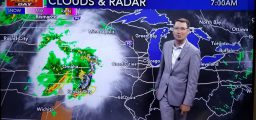
Comments are closed.